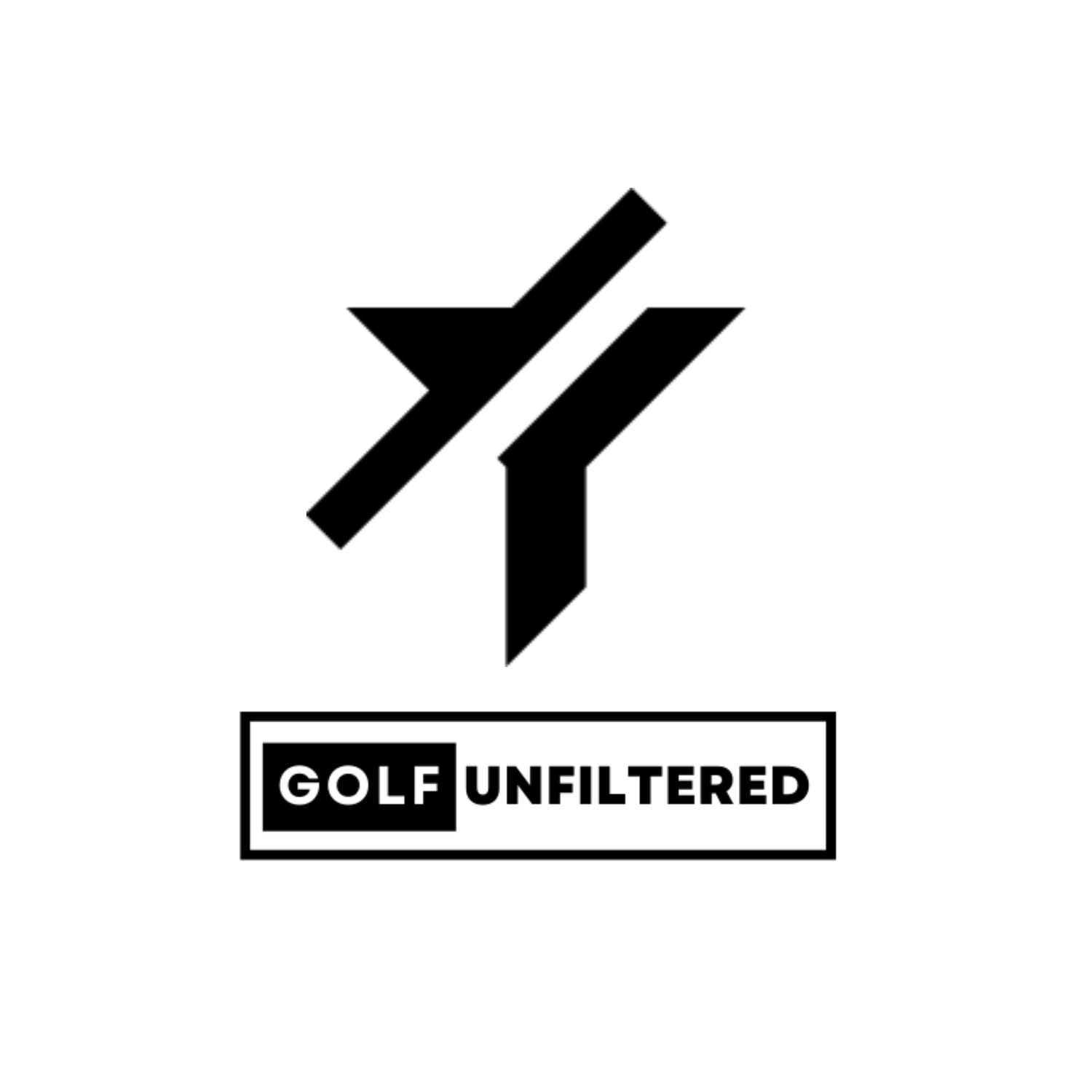Understanding Golf Club Lie Angles
When was the last time you checked the lie angle of your golf clubs? Better yet: have you ever checked the lie angle of your clubs?
If you’re like most casual golfers the answer is most certainly “no.” Not only do the majority of golfers rarely check their club lie angles, they likely misunderstand the importance of this golf club measurement. Conversely, golfers who have been custom fit to their clubs absolutely understand this importance as they’ve seen the results of a properly fit club with their own eyes.
If you follow us on TikTok you have probably seen a flurry of videos discussing the importance of lie angles on your golf clubs. Those videos will be posted throughout this article as they cover many of the biggest questions around the topic. The comments — and contrasting opinions — shared on each video exemplifies how poorly misunderstood the topic of lie angles is among casual golfers.
There is No Industry Standard
First things first: there is no uniformly agreed upon industry standard for golf club lie angles. This is (unfortunately) true for most golf club measurements apart from length.
In the video above I explain this fact in response to a commenter who was confused about the absence of this standard. Full transparency: I was also surprised to learn there was no standard across the industry, just as I was when I learned the same for golf shaft flex. It’s important to know that every golf club manufacturer (and golf club model, for that matter) designs clubs with lie angles “in the ballpark” of similar, competing products.
How Lie Angle Affects Ball Flight
Perhaps the most important factor regarding lie angle adjustments relates to how this measurement can affect ball flight and direction. Believe it or not, your snap hook might be a symptom of an improperly fit lie angle for your swing.
In the video above I break this concept down to explain how lie angles can be too upright or too flat, relative to an individual golfer’s swing. This is explained in the context of my irons being too upright following multiple sessions hitting off hard driving range mats. When you’re using forged irons, inadvertently bending your lie angle from hitting off harder surfaces is a common issue.
Lie Angles in relation to the ground
Just to make things a little more complicated, it’s also important to understand the difference between the actual measurement of a club’s lie angle and the relative angle of the club and the ground at address. If that sounds confusing, trust me, you’re not alone.
In the videos above I attempt to explain this concept by demonstrating how a loft and lie machine is a helpful tool for this purpose. Understanding this concept helps to also understand the terminology of “upright” or “flat” in regard to lie angle adjustments. At the end of the day: you should let a certified professional club fitter do this for you.
Do you have additional questions about lie angles and how getting fit is the most important element of your golf game? Feel free to leave a comment below, or on any of the videos shown above. I’ll do my best to answer as many as I can.
